Hilling up plants

Is hilling really necessary? This is a lot of work, but I don’t see any special results.
Hilling - the most important agrotechnical technique that promotes the formation of additional roots in plants, retains moisture, and prevents the root system from overheating in extreme heat.
But, really, you won’t see any positive results if you hill up with dry, hot soil.
This is done in the morning after watering, when the soil is no longer sticky, but has not yet dried out. Hilling is useful for potatoes, cucumbers, cabbage, tomatoes, peas, and beans. It is especially important to hill (and higher) garlic on greens, asparagus, leeks - those plants whose long bleached stem is valued.

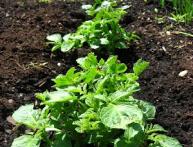
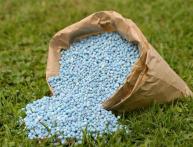

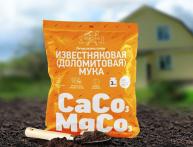
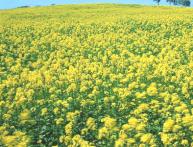
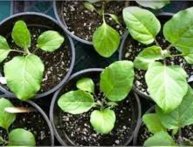
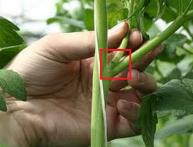

Comments
Thanks to the author for the information provided. Quite curious: is hilling really so important for future fruits?
We always hill up potatoes, but never cucumbers and tomatoes. I didn’t know that this would help increase the yield of these vegetables. True, we plant tomato seedlings deep, can this be considered hilling?
When growing potatoes and tomatoes, I regularly use hilling. This allows you to first water the plants, directing the water between the rows. For other plants I use hilling less often.